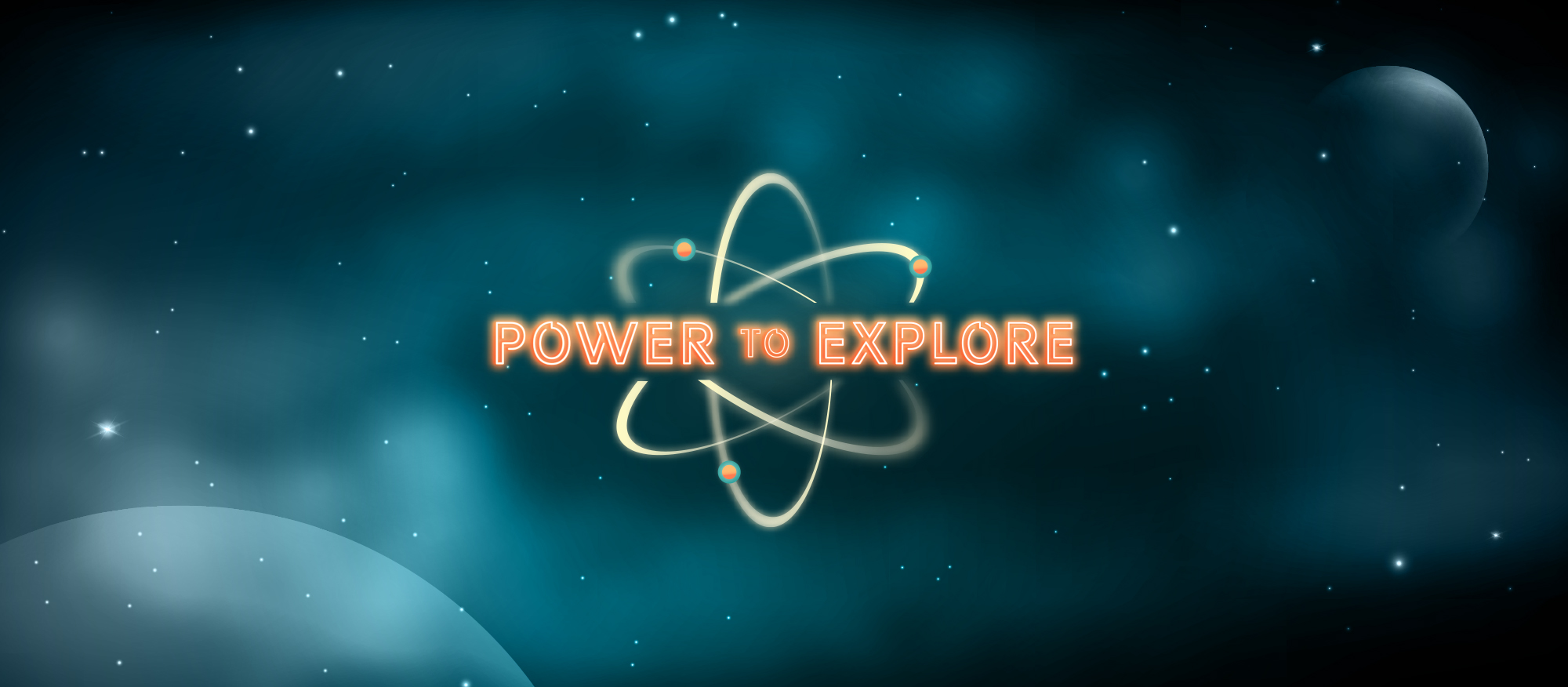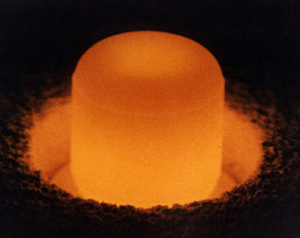


 NASA’s RPS Program
What Is Radioisotope Power and Why Does NASA Use It?
About Plutonium-238
RPS Power and Thermal Systems
NASA RPS Missions
NASA RPS Video Library
NASA RPS Image Library
After 60 Years, Nuclear Power for Spaceflight is Still Tried and True
Powering Perseverance
Explore STEM Careers
Power to Explore Flyer
NASA’s RPS Program
What Is Radioisotope Power and Why Does NASA Use It?
About Plutonium-238
RPS Power and Thermal Systems
NASA RPS Missions
NASA RPS Video Library
NASA RPS Image Library
After 60 Years, Nuclear Power for Spaceflight is Still Tried and True
Powering Perseverance
Explore STEM Careers
Power to Explore Flyer
No light, no problem! RPS does not need light to function. Because of this, it can be used to travel to places like Saturn or Pluto. Saturn’s available sunlight is only one hundredth, or one percent, of what we receive at Earth, and Pluto’s is only six hundredths of a percent of the amount available at Earth. Since RPS does not rely on solar arrays it can give spacecraft the power it needs to go to faraway places, or in deep craters with little available sunlight.
Dust storms are a regular occurrence on Mars. Fortunately, NASA’s rovers Perseverance and Curiosity have RPS systems that can keep them going even when the environment gets dusty. Explore how Radioisotope Power Systems have helped these Mars rovers with their missions.
RPS have the unique ability to power spacecraft traveling super long distances. Going the distance takes time. NASA’s RPS-powered NASA’s RPS-powered Voyager twin spacecraft launched over 44 years ago and are over 12 billion miles away and they continue to return valuable data to scientists on Earth. Thanks to RPS the Voyager spacecraft have visited Jupiter, Saturn, Uranus, and Neptune and are currently exploring interstellar space.
RPS offers the key advantage of operating continuously over long-duration space missions, largely independent of changes in sunlight, temperature, charged particle radiation, or surface conditions like thick clouds or dust. Because it uses the heat from the natural radioactive decay it can keep producing power for decades!
RPS are mighty! These systems are very rugged which allows them to function in extreme environments. Check out the NASA missions they have helped power here. In the future, radioisotope power systems could continue to support missions to extreme environments in our solar system like Jupiter’s moon Europa, the liquid lakes of Saturn’s moon Titan or the rings and moons of the giant ice planet Uranus.
The excess heat produced by some radioisotope power systems can be used to enable spacecraft instruments and on-board systems to continue to operate effectively in extremely cold environments. In addition, Radioisotope Heater Units (RHUs) can be used for additional thermal control, especially on solar-powered spacecraft, such as the Spirit and Opportunity rovers that explored Mars.
What are you learning in class? Is there a goal you want to reach related to school? Learning to read, write, design a 3D model, recite Shakespeare, or do integral calculus are all types of educational goals. Think of an educational goal and map out how your special power will help you achieve it.
The ability to do something well can also be a goal. Maybe you want to learn to swim, program a microcontroller, or learn to play an instrument. Think about a skill you want to master and decide what special power will help you get there.
What do you want to be when you grow up? From a NASA engineer to a contemporary artist, think about the steps you need to get your dream job. What special power do you have to help you get your future career?
Do you love to help others? If the answer is ‘yes,’ consider a goal that helps others. Your goal may be to collect food for the homeless, volunteer a certain amount of time for a worthy cause, or collect money for an organization that helps others. Pick a goal that helps others and plan out how you will attain that goal.
Think about something you can do to help the planet. Your goal could be setting up a recycling program at your school or organizing a beach/lake clean-up. What steps would you need to take to accomplish your goal? If you are passionate about the environment, this could be a good option!
If your goal doesn’t fit into a category above, no problem! Feel free to dream up anything you want; the possibilities are limitless.
Building upon a legacy of over 60 years, NASA’s Radioisotope Power Systems (RPS) program delivers innovative radioisotope-based power systems and technology that enable science missions to some of the most distant, dustiest, darkest, and harshest environments in the solar system. In partnership with the Department of Energy, the RPS Program is a multi-center effort. The program reports to the leadership of NASA's Science Mission Directorate (Planetary Science Division).
Thank you for your interest in contacting Future Engineers. We look forward to connecting with you!
General Inquiries
support@futureengineers.orgSponsorship Inquiries
sponsor@futureengineers.org